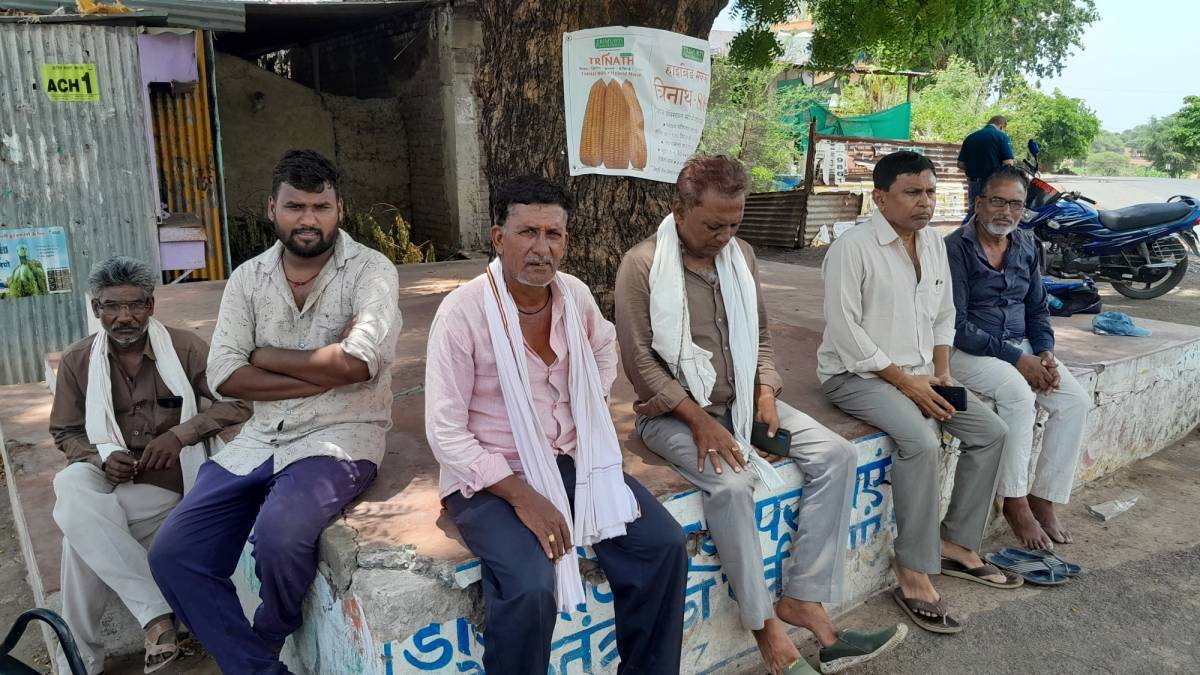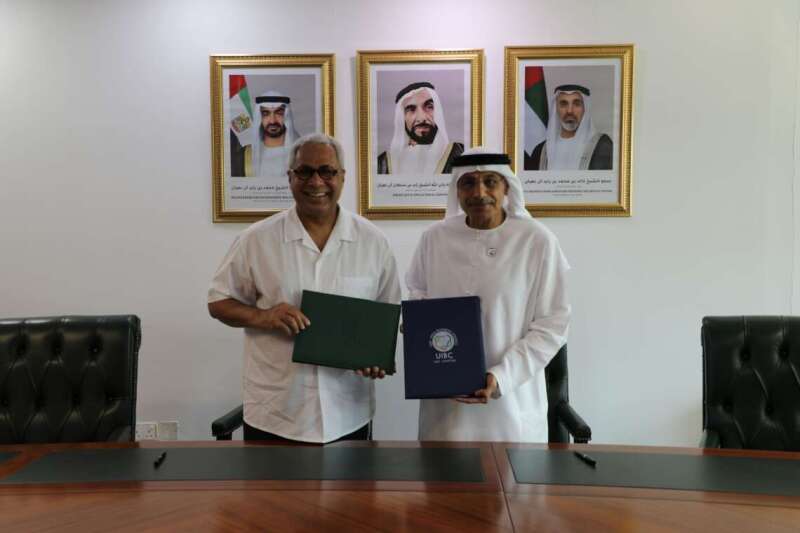Other members, such as Manisha Heeralal, Parvatibai Nandu, Draupadibai Heeralal and Chandrabai Bisram, are all labourers by profession…reports Asian Lite News
At a time when it is fairly common to see reports of lack of facilities and development in rural India, this story of a village in Madhya Pradeshs Burhanpur comes as an odd outlier.
Here, in the village of Manjrod, 100 per cent of development work is said to be completed. Not only does every house have a toilet, but they also get pure drinking water. Pucca roads are said to be a common sight in the village, as well. What may seem all the more astounding is that Manjrod witnessed such development despite not a single election being contested in the history of the panchayat. Though if you ask the villagers, they’d say this was the very result of the lack of elections.
A community working together
Rahul Jadhav, a resident of Manjrod, says that villagers have always come together to get any development work done. All decisions related to any form of upgrades are made with the consent of every member of Manjrod, from the sarpanch down to the last member of the village. Jadhav says that not only does the work get done faster, there is little scope for any corruption.
Take the example of the construction of a road in Manjrod five years ago. Jadhav says that once the work was done, a balance of around Rs 2 lakhs of the total allocated funds remained. Not to let the funds go to waste, the villagers collected more money via a donation drive and constructed a temple.
In another such instance dating back 10 years, the panchayat hit a financial roadblock during the construction of a community hall. So villagers pooled in land together to build the structure themselves.
But how does one go about achieving this efficiency? How does each one of the 1,000 households in the village have a toilet and receive drinking water? How did the village become one of the frontrunners in achieving the open-defecation-free tag?
The gift of uncontested elections?
With the dates for the panchayat polls in Madhya Pradesh drawing closer, the atmosphere is at a fever pitch. However, Manjrod offers a contrasting scenario. There’s complete lack of any electioneering, no rallies, banners loudspeakers, or posters. The residents are content with the fact that elections won’t be contested in Manjrod, as has been the case since independence. Here, villagers believe in working together and selecting their own panchayat rather than electing it. The opinion of elders, youth, women and everybody else is taken into account before anyone is given a position of authority unopposed. Manjrod is also the only panchayat in Burhanpur where the sarpanch, vice-sarpanch and other members of the upcoming panchayat are all women, making it a ‘pink panchayat’.
Villagers say there’s never been any conflict over elections in Manjrod. Current sarpanch Ashok Yawalkar, who incidentally will be vacating his post soon, says this trend of uncontested elections only benefited the village.
“This history can be traced back to the practices followed by the patels (village chieftains). Instead of contesting polls themselves, the chieftains would simply nominate people to the posts of pradhan or panchayat members. But even after the tradition of patels was ended, the villagers didn’t stop following this practice,” says Yawalkar, adding that the knowledge and expertise of the villagers makes them self-sufficient, and that even social organisations do not have much work to do in Manjrod.
Besides, Yawalkar also believes that with no elections to contest, there are no related expenses either: “Nobody spends money on campaigning or rallies. Instead, this money is spent on development.”
Vinod Jadhav, a villager, says this tradition gets work done faster and more earnestly.
“People in the village know they are answerable to each other. Hence, there’s no delay in any development work.”
A panchayat of workers
Not one member of the newly-nominated panchayat in Manjrod comes with a political background. Incidentally, four of the 12 members of the new ‘pink panchayat’ are labourers, who contributed directly to several development works.
Take, for example, the family of Parvatibai Nandu, one of the new panchayat members. All the members of her family are labourers and have worked in development projects in Manjrod. They also work as farm labourers.
“I never imagined that coming from a background like mine, I’d get a chance to become a panchayat member,” says Parvatibai.
The families of the sarpanch and vice-sarpanch own three acres of land each. There’s only one member who owns 9 acres. As far as representation goes, villagers say every family in Manjrod gets an equal opportunity to be a part of the panchayat.
An inclusive participation
When it comes to nominating people to the panchayat, the participation of all communities and religions of Manjrod is ensured. The village has only two Muslim families, but that has not hindered their representation. In the new panchayat, a Muslim woman, Ayeshabi Aqeel Qureshi, was elected unopposed, whereas a member of the other Muslim family in the village was elected sarpanch in the past.
This inclusivity goes across the line: the new sarpanch, Laadkibai Krishna, belongs to a Scheduled Tribe community; two members of the panchayat are from the Maratha community, one each from a Scheduled Caste and Scheduled Tribe; one is from an Other Backward Classes community; and one other is a Muslim.
Leading by example
With a panchayat comprising women from diverse backgrounds, the nominated leadership of Manjrod is as modest as it can get. While the six-member family of sarpanch Laadkibai Krishna has just 3 acres to its name, vice-sarpanch Lalitabai Vishnu Jagtap’s family, too, owns 3 acres. Panchayat member Shamlibai Kanhaiya owns a 5-acre plot, while Laxmibai Keshav owns 3 acres. Member Sundarbai Pandhrinath’s family owns the most land among the panchayat members, at 9 acres, while Poojabi Aaba Saheb’s family owns 3 acres. Among other land-owning members, Deepalibai Ganesh’s family has 3.5 acres to its name, while Ayeshabi Qureshi’s family owns 2 acres.
Other members, such as Manisha Heeralal, Parvatibai Nandu, Draupadibai Heeralal and Chandrabai Bisram, are all labourers by profession.
Manjrod resident Madhukar Jagtap says that while most people in the village are farmers, there’s always a demand for other forms of labour in the village due to regular development work.
As far as farming is concerned, residents here are looking to make expansions. Pradeep Jadhav, former president of the Burhanpur Mandi, says banana was the major crop grown in the village, with 50 per cent of the land here being used for its cultivation. But farmers in Manjrod are now slowly taking to growing turmeric, with 20 per cent of the land going towards its cultivation. Apart from these, farmers here also cultivate maize, wheat and soybean, which helps generate additional income.
ALSO READ-Traditional irrigation technique helps Kangra farmers








